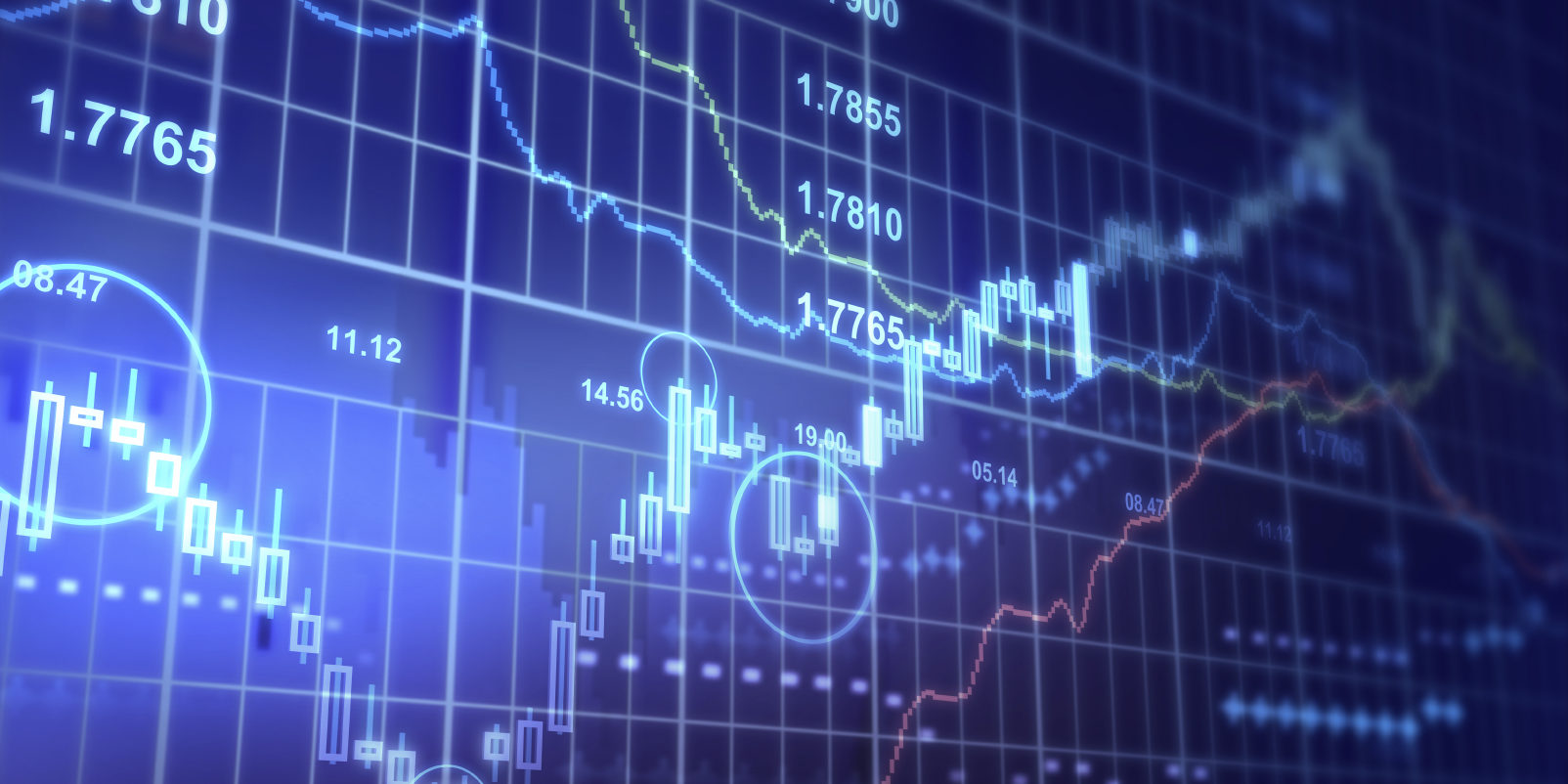I have just finished reading Edward O Thorps autobiography A Man For All Markets which is an excellent little read and a good addition to any traders library. In the book Thorp talks about he value of compounding returns. There is no doubt that success is trading or investing is based upon compounding your gains over the long term. Compounding is a wonderful tool in that what seem to be small quanta of difference can over time lead to an enormous difference in returns. For example an investment with a return of 10% compounded annually for 10 years yields $259,374 whereas the same investment compound at 11% yields $283,942. Extend the holding time to 20 years and the figures becomes $672,750 and $806,231 respectively. Time is the key to compounding and this is a point Thorp makes, he also makes the important point that most lack the patience to do this.
However, there is a sting in the tale of compounding that I have noticed that those on the sell side of the business either abuse or simply do not understand and that is one of scale. You will often see very long term charts of an index or an instrument and it shows a wonderful upward trajectory (well you wouldn’t show things that didn’t work) and the message is that you simply have to hold for whatever the requisite time is and you will eventually have a small pot of gold. The key word here is eventually because what is often overlooked is the time to achieve these mythical gains. There is no doubt at all that compounding is a very powerful tool and when combined with consistency and patience achieves remarkable things.
However there is always a but we need to be aware of. To demonstrate this I found a centuries worth of data on the All Ords and using $1 as the starting investment plotted what the return would be over the next 116 years.
If you had started with $1 in 1900 and simply let the compounding returns of the index take its course you would have $487,801.23. At first glance this is quite impressive – the markets very long term rate of return sits at about 9% and if you let it do its thing for a long period of time then you get an impressive number at the end. However, there are two things to be aware of in viewing this data. Firstly, the time taken to achieve your goals, not only is the time itself a problem but the erosion of the value of your investment over time is a problem. I had a cursory look for long term inflation data but couldn’t find much dating back beyond the 1940’s but if you assumed an average inflation rate of 4% then this puts a large hole in the real end value of your investment. The second issue that is not addressed is the trajectory of the journey – the chart above is not of a capital guaranteed term deposit but of an index. The somewhat linear trajectory of the graph is deceiving since it does not take into account the extended and deep bear markets that were experienced. There were years when the market went nowhere and these events are testing for even the most hardened buy and hold advocate.
Time is both the ally and enemy of those who understand how to use compounding and it is this dualism that we need to be aware of. The practical implication of this is to leave your money in your trading account for as long as possible before taking it out and spending it. The impact of large withdrawals is quite remarkable in the damage it does to accounts but some people cannot resist spending in the short term to ensure they live in poverty in the long term







Yep old farts like me fully understand the problem we need it now lol